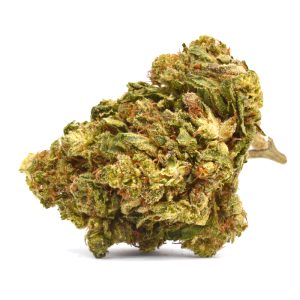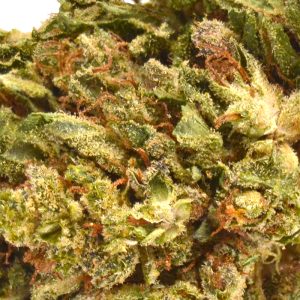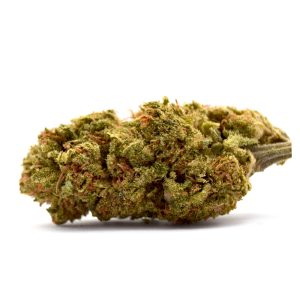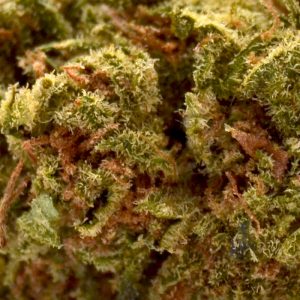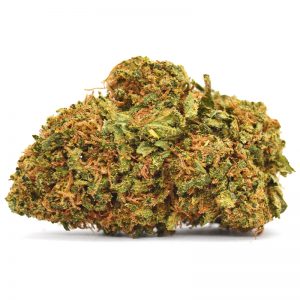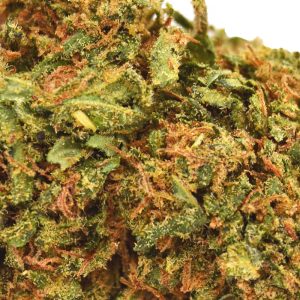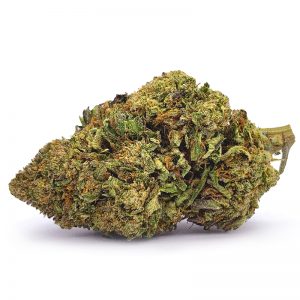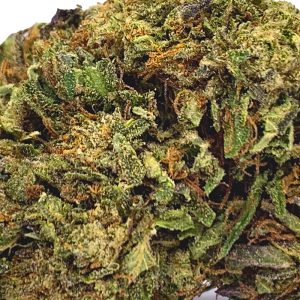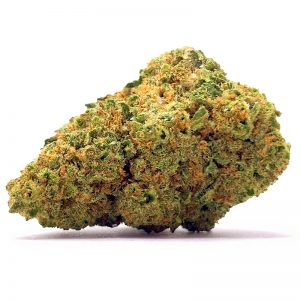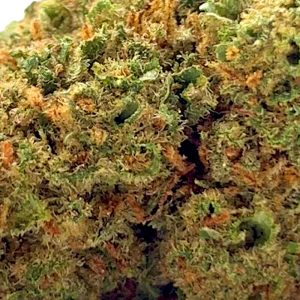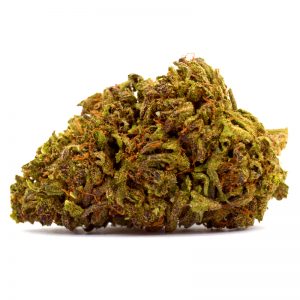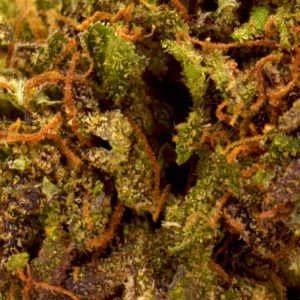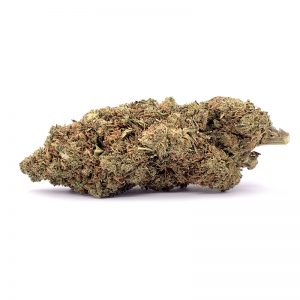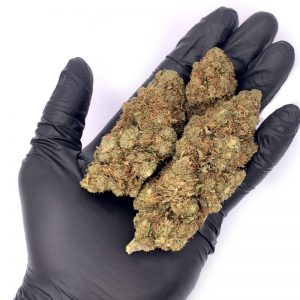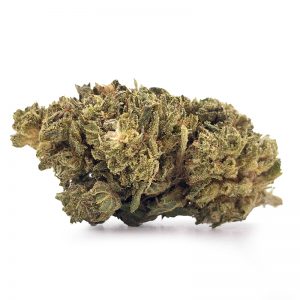Fenchone – What Is It? All You Need To Know About Fenchone

Fenchone
-ˌchōn
Fenchone, also known as alpha-fenchone, is an organic aromatic compound classified as a monoterpene and a ketone. This oily colorless liquid — and a minor hemp terpene — has a structure and odor that resembles camphor. This natural compound contributes to the anise-like smell and taste of fennel and has potential analgesic, anti-inflammatory, and antimicrobial properties.
“Did you know that fenchone is a natural compound found in hemp and fennel?”
“Fenchone plays a vital role within the fennel ecosystem because it repels certain insects.”
What is fenchone?
Fenchone is a minor hemp terpene, also present in fennel and herbs like rosemary, cinnamon, star anise, saffron, and dill. It plays a vital role within the fennel ecosystem, offering protection to plants by repelling certain insects.
What is it used for?
Because of its refreshing smell, fenchone is used as an ingredient in perfume-making. Like many other terpenes, it serves as an insect repellent. One 2002 study published in Agricultural and Food Chemistry found that it exhibits moderate insect repellent abilities, approximately 30 minutes after application. It is also used in aromatherapy and as a flavoring agent.
What does it smell like?
This terpene exhibits a woodsy and earthy aroma similar to camphor — characterized by a piquant smell and menthol-like, nose tingling fragrance.
Therapeutic benefits of fenchone
Several studies on this terpene reveal its remarkable properties, including its application in pain relief and inflammation.
Pain-relief properties
One 2008 Turkish study published in Pharmacology Online discovered that, compared to all terpene tested in mice, fenchone was the most effective in blocking pain detection.
Anti-inflammatory effects
One animal study investigated the wound-healing potential of fenchone and limonene. The study published in Biotechnic & Histochemistry revealed that the application of both terpenes enhanced healing, which supports their beneficial effects in wound healing. Researchers concluded that it came from their ability to decrease the number of inflammatory cells during wound healing.
Antibiofilm effects
Biofilms are a collective of one or more types of microorganisms that grow on different surfaces, including bacteria, fungi, and protists. The most typical example of a biofilm is dental plaque. One 2017 study published in Frontiers of Microbiology revealed that fenchone possesses antibiofilm effects.
Where to find it in hemp?
This terpene is present in hemp in trace amounts. Although we pay attention to major terpenes in hemp, the role of minor terpenes connects to the theory of the entourage effect. This theory suggests that all hemp cannabinoids and terpenes act synergistically to modulate the plant’s therapeutic effects.
Final thoughts
Fenchone is a terpene found in hemp and the fennel plant that displays a camphor-like aroma. This terpene exhibits anti-inflammatory, anti-bacterial, and pain-relieving properties.

